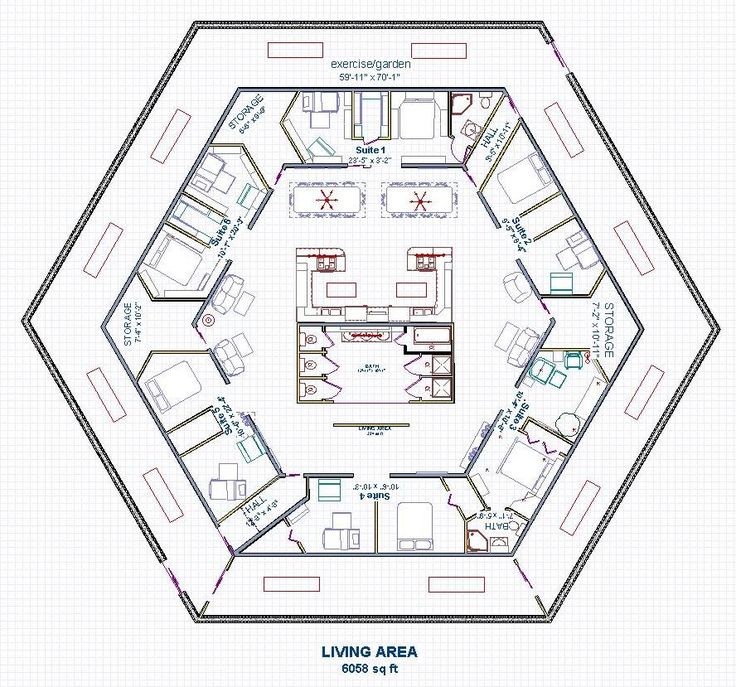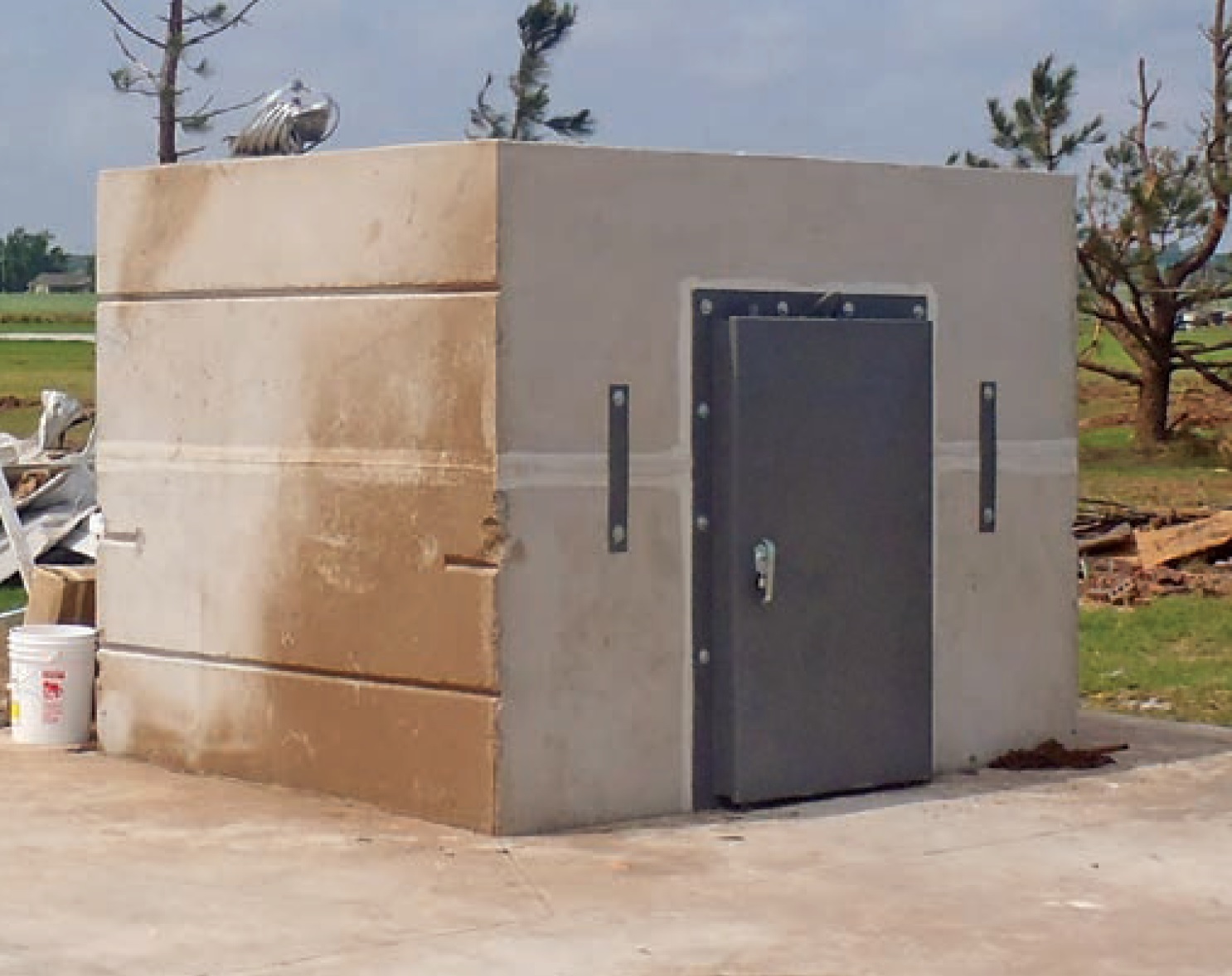

Not until after 9/11 did the threat of a nuclear incident enter the forefront of national conversation again, when both improvised nuclear device (IND) and radiological dispersal device (RDD) terrorism became critical concerns for the federal government.

NEST still exists today, updated for the current threat environment. Department of Energy (DoE), which sent highly specialized teams into the field to look for, discover, and then render safe nuclear weapons. But the warnings came and went until the 1970s, when a host of nuclear hoaxes raised alarms again and led to the establishment of the Nuclear Emergency Support Team (NEST) in the U.S. A famous Senate testimony from Robert Oppenheimer during the post-World War II era raised alarms, and many reports and studies were conducted. Even today, while the technology, techniques, and intelligence have improved, there are still significant limitations to actually detecting and discovering a weapon. After seeing the destruction in Hiroshima and Nagasaki, the federal government was very concerned that someone might be able to sneak a bomb into the United States, either by sea or land, because at the time bombs were small enough to go unnoticed. “The concern that somebody would sneak a nuclear weapon into the United States goes back to post-World War II, 1946,” MacKinney began. A Brief History of Federal Terrorist Nuclear Attack Response Planning


 0 kommentar(er)
0 kommentar(er)
